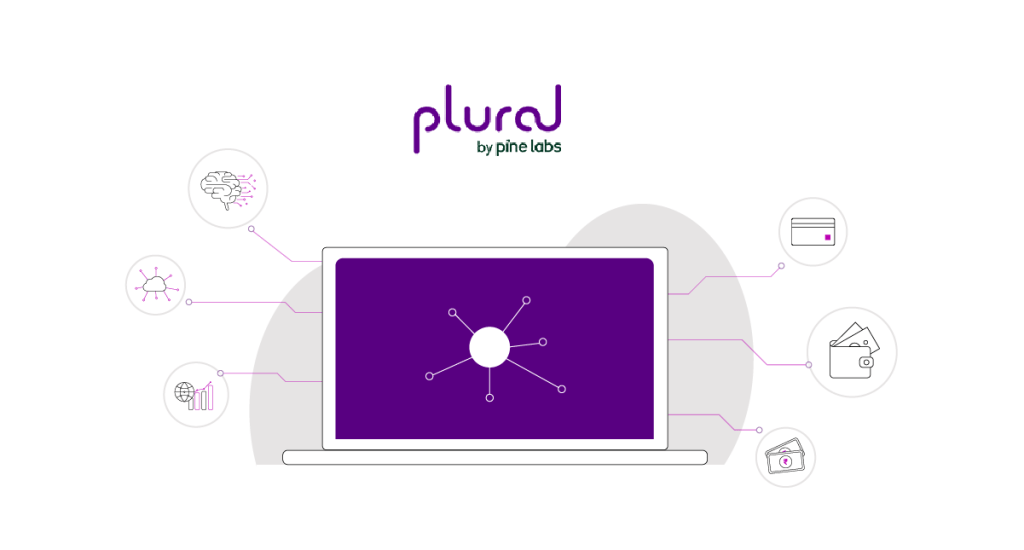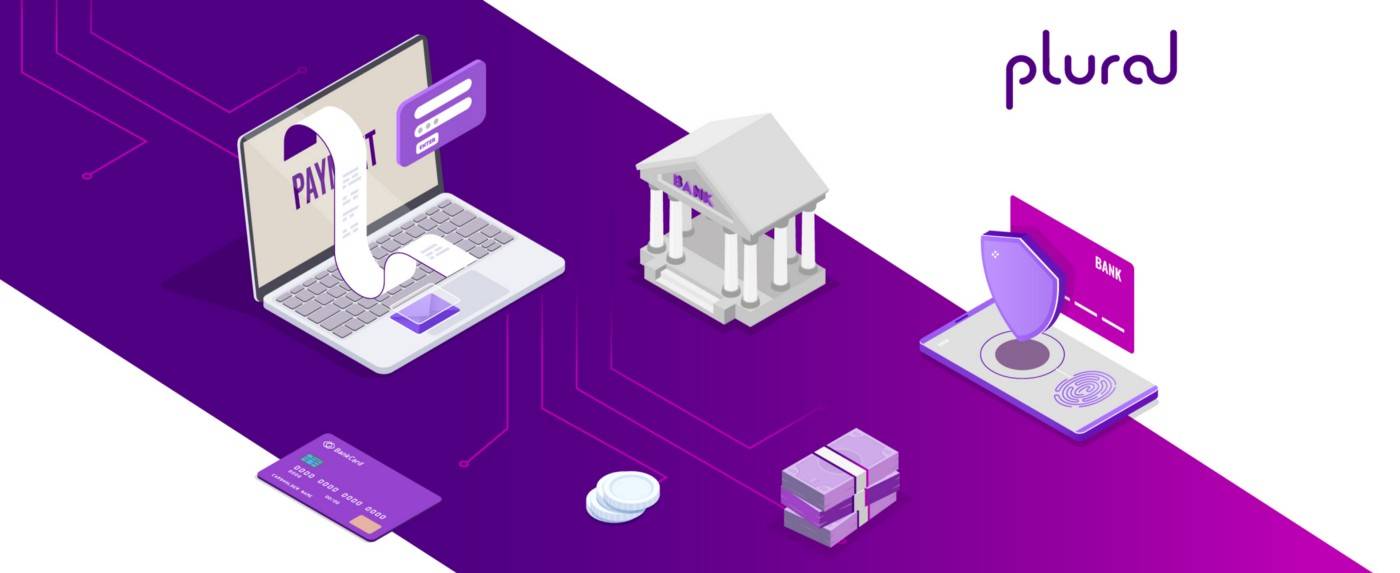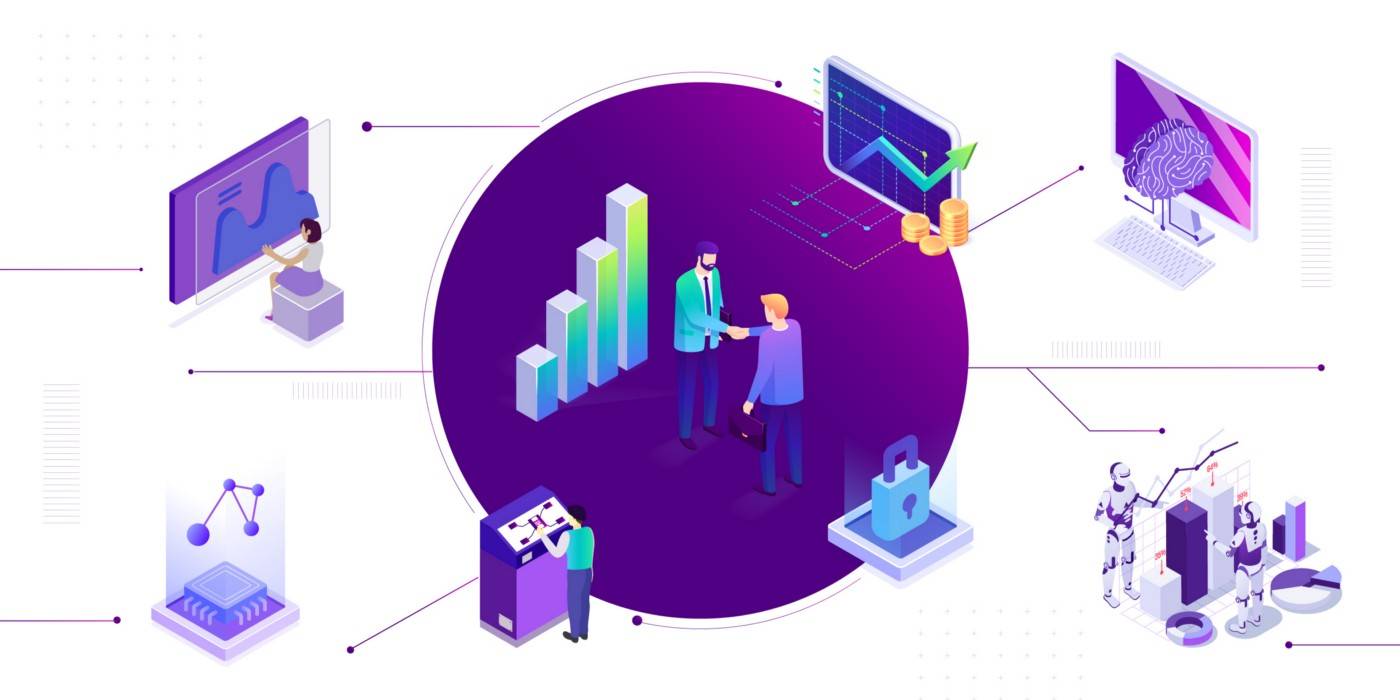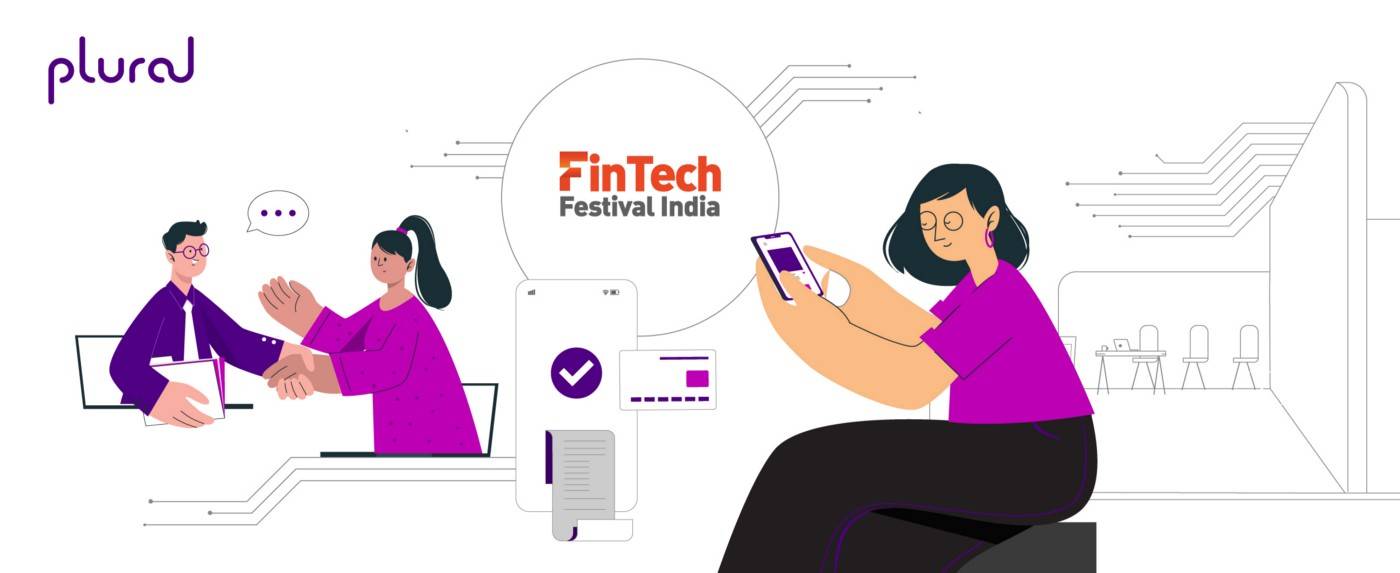In 2020, the world created, captured, copied, and consumed 64.2 zettabytes. By 2025, this figure is expected to grow to 180 zettabytes.
The sheer volume and the number of channels through which data is produced and consumed have earned it the term big data. Today, big data has become an invaluable resource that informs businesses about consumers’ habits, needs, and aspirations.
Businesses across the business-to-business (B2B), business-to-consumer (B2C), and direct-to-consumer (D2C) landscape leverage big data analytics to know their customers and predict future trends.
Big data is typically mined from a host of channels – social media, emails, customer management systems, and other touchpoints where consumer-related data is accessible. Another valuable channel that adds to this pool is payment data.
Let’s understand how big data and payments are connected, the key data points delivered by payment analytics, and the role of payment solutions in fuelling a company’s data strategies.
Big data and payments: connecting the dots
By 2027, the total value of digital payments is projected to be $15 trillion, with digital payments accelerating at a compound annual growth rate of 11.80%. The seamless, instant, transparent nature of digital payments is nudging more consumers and businesses to embrace this trend.
Hence, many businesses aspire to simplify digital payments for their customers and make them secure, real-time, and hassle-free. They are offering several payment modes and affordability opportunities to accelerate customer adoption of digital payments.
However, another value byproduct of building a digital payment tech stack is the depth of data analytics that comes with it. Digital payment analytics are a window into customer behaviour, preferences, needs, and aspirations.
Let’s understand the core data points that emerge from these analytics.
5 data points delivered through payment analytics
A snapshot of diverse information that businesses can unlock through payment-related big data:
Purchasing preferences
Consumers today make digital payments across a wide spectrum of payment modes. These may include Internet banking, credit cards, debit cards, UPI apps, and mobile wallets.
Big data and payment analytics can break down all information associated with payment preferences into various metrics. For instance, businesses can dissect payment trends such as the most preferred payment options, the least preferred payment options, and the value of purchases made across payment options.
Channel preferences
Today, consumers shop across various online channels – from eCommerce websites to apps. For instance, social media platforms and messaging apps are growing as both discovery and transaction platforms for eCommerce. Businesses can generate unique links, share the link on the respective channel and invite the customer to use the link to make the payment.
Payment analytics offer deep insights into the customer’s channel of choice. They can also splice and dice what channels are being used to shop for various categories of products and the value of purchases being made. In turn, businesses can decide where to invest their marketing and engagement resources.
Wealth segment
Ecommerce and digital payments have democratised access across several consumer segments. With access to payment analytics, businesses understand the economic profile of their customers.
Mining through payment data is an effective way to understand wealth segments better. For instance, if more consumers use premium credit cards with an annual/ joining fee, this data can indicate a premium audience. The choice of payment modes, and the value of purchases made, reveal more about the evolving consumer profile.
Financial inclusion data
Financial inclusion can help businesses unlock new target segments and drive revenues. Consumers who cannot access credit products such as credit cards can alternatively take advantage of opportunities such as Buy Now Pay Later (BNPL). Businesses also offer Equated Monthy Installments (EMIs) at the point of sale. Gauging the usage of these options allows companies to enhance their financial inclusion strategies and appeal to a wider segment of customers.
Risk profiles
Payment-related data also reveals the risk profile of customers. For instance, if customers do not honour payments on the designated dates of their EMIs or settle pending dues for a BNPL transaction, then these customers can be considered high-risk customers. Based on the data, businesses can offer better incentives to those customers who honour credit payments.
How to facilitate big data via payments
The intersection of big data and payments is continually growing. However, businesses can truly leverage the benefits of this synergy provided they consolidate all customer payments. This can be easily achieved by integrating a single, unified, cloud-based, multi-featured payment gateway.
Such a payment solution comes with the following features:
- It covers the full spectrum of payment options – from credit cards to UPI apps.
- It features an affordability suite to offer customers discounts, create promotion coupons, EMIs and more.
- It enables businesses to generate unique payment links to help turn a consumer’s channel of choice into a point of sale.
- A superior payment gateway also supports subscription businesses via the UPI autopay options.
- Businesses can generate branded payment pages, which help build consumer trust and a high-quality payment experience.
- With so many payment options available, such an interface enables businesses to generate in-depth data analytics that help them make data-driven decisions. Companies can customise dashboards to access the exact data type required to understand consumer patterns and make key decisions.
Final thoughts
Superior payment solutions offer more than a secure, comprehensive consumer payment experience. They also generate a lot of data, which gives businesses insights into consumer habits, patterns, and real-time needs.
Businesses can process and analyse this data through access to the right payment solutions. By integrating a superior payment gateway into their tech stack, businesses can connect the dots between big data and payment solutions. They can proceed to make data-driven decisions, enhance the consumer experience, and drive revenues and profitability.
Our gateway enables instant payments through a credit card, debit card, net banking, EMI and more. Your customers can enjoy a high-trust, seamless payment experience with high success rates. Plural gateway enables businesses to offer EMIs and discounts through the affordability suite, multiple modes of payments, and leverage the benefits of UPI autopay. Our gateway is also backed with industry-standard security systems to protect customer data.
With Plural Gateway, businesses can access a hassle-free integration experience and round-the-clock tech support. To learn more and start collecting payments, contact us.
Plural by Pine Labs has received an in-principle authorisation from the Reserve Bank of India (RBI) to operate as a Payment Aggregator.

Amrita Konaiagari is a Marketing Manager at Plural by Pine Labs and Editor of the Plural blog. She has over 10 years of marketing experience across Media & Tech industries and holds a Master’s degree in Communication and Journalism. She has a passion for home décor and is most definitely a dog person.




